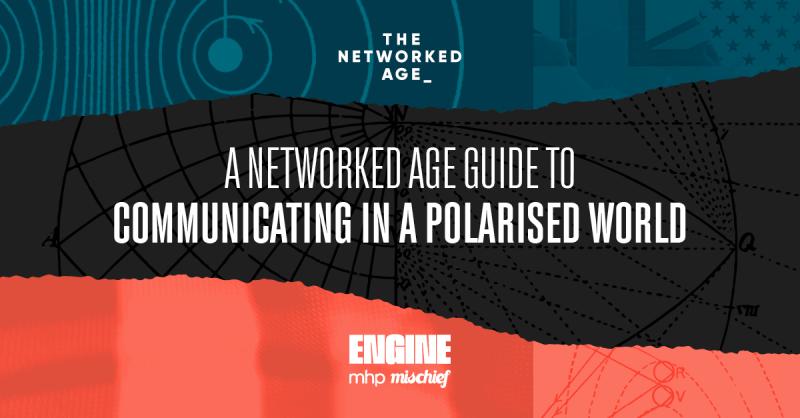
As the world becomes more connected through digital technology, the rules of communication change.
Networks enable innovation and collective action – they also encourage herd mentalities, making people more resistant to reason and more likely to form mobs. Networked minds form tribes based on shared values and gravitate towards the most passionate voices, resulting in political and cultural polarisation.
In 2018, we worked with leading neuroscientist Dr Tali Sharot and her research team at UCL’s Affective Brain Lab to understand how digital technology was amplifying human beings’ natural tendency towards group-think and to design a new set of rules for communicators. The results of this work were summarised in our first Guide to The Networked Age.
In 2019, we warned that if these trends continued, they would result in a Culture War that would consume politics, business and our institutions.
By 2020, a socially distanced population had become more reliant than ever on digital networks to make sense of the world and polarisation had produced a bitter Culture War that spanned everything from public health and education to Spotify and the Royal Family. In the US, Democrats and Republicans could not agree which Presidential candidate had fairly won the election.
Today, polarisation has become an urgent challenge for the communications industry.
Communicators can harness polarisation’s powerful effects (for good and bad) to drive behaviour change and increase engagement – or navigate polarisation’s crosswinds to avoid being caught in a storm of outrage.
Most importantly, we can reduce polarisation’s harmful effects. But only if we understand how polarisation works. That’s why we have partnered with leading think tank The Depolarization Project to study the causes and effects of polarisation.
This Guide blends the latest academic research with proprietary audience data to help communicators work more effectively in this new chapter of The Networked Age.
First, we will examine why polarisation matters for communicators. Then, we’ll explain the causes of polarisation and explore what our data says about the state of polarisation in Britain. Finally, we’ll hear from experts about the effects of polarisation on their work and use the Rules of Influence to help navigate a polarised environment.
